Ellis Island, located in New York Harbor, was the gateway for millions of immigrants coming to the United States between 1892 and 1954. This small island was the busiest and most famous immigration station in America. It played a crucial role in shaping the nation by processing and admitting a significant portion of the immigrants who would go on to build new lives in the country.
The Surge of Immigration in the Late 19th and Early 20th Century
In the late 1800s and early 1900s, America witnessed a massive influx of immigrants. Earlier in the century, most immigrants came from Northern and Western Europe, including countries like Ireland, Germany, and Scandinavia. By the 1890s, this pattern began to shift. More and more people started arriving from Southern and Eastern Europe, particularly from Italy, Poland, Russia, and Hungary.
There were many reasons why these immigrants left their homelands. Some were fleeing religious or political persecution. Others were escaping poverty, famine, or a lack of economic opportunities in their home countries. Many were looking for a fresh start in America, where they hoped to find jobs, land, and a better life for themselves and their families.
The number of immigrants entering the United States surged after the depression of the 1890s. Between 1900 and 1910, more than 9 million people arrived, compared to 3.5 million in the previous decade. By 1910, immigrants from Eastern and Southern Europe made up about 70 percent of all new arrivals. These newcomers brought with them different languages, cultures, and traditions, adding to the already diverse population of the United States.
Read more
The Journey to Ellis Island
For many immigrants, the journey to America started with a long and often difficult voyage across the Atlantic Ocean. Most traveled in steerage, the cheapest and most crowded section of the ship. Conditions in steerage were cramped, poorly ventilated, and unsanitary. Passengers slept in narrow bunks stacked three high, and there was little privacy. Food was basic and often unappetizing, and seasickness was common. Despite these hardships, immigrants endured the journey with the hope that better opportunities awaited them in America.
When the ships finally arrived in New York Harbor, they would pass by the Statue of Liberty, a symbol of freedom and hope for many immigrants. However, their journey was not yet over. Before they could enter the United States, they had to go through the immigration processing center at Ellis Island.
The Immigration Process at Ellis Island
Ellis Island opened as an immigration station on January 1, 1892. Over the next 62 years, more than 12 million people would pass through its doors. The process of entering the United States through Ellis Island was rigorous and, for many, a nerve-wracking experience.
After disembarking from the ship, immigrants were often herded into large, barn-like buildings. They were then subjected to a series of inspections and interviews. The first was a medical inspection. Doctors and nurses examined the immigrants for signs of illness or physical disabilities. They looked for contagious diseases like trachoma, tuberculosis, and cholera. If an immigrant was found to be sick or unfit, they could be marked for further inspection or even sent back to their country of origin at the expense of the shipping company.
Next came the legal inspection. Immigrants were asked a series of questions by government inspectors. These questions covered a wide range of topics, including their name, age, occupation, and destination in the United States. They were also asked if they had any money, if they had ever been in prison, and if they were anarchists or polygamists. The goal was to ensure that only those who could support themselves and posed no threat to the country were allowed to enter.
For most immigrants, the process took just a few hours. If they passed both the medical and legal inspections, they were free to leave Ellis Island and start their new lives in America. However, some were detained for further questioning, and a small percentage were denied entry altogether and sent back to their home countries.
Life After Ellis Island
After leaving Ellis Island, most immigrants headed to the growing cities of the United States. New York City, in particular, was a popular destination. Here, immigrants often settled in ethnic neighborhoods where they could live among people from their own country. These neighborhoods provided a sense of community and familiarity in a foreign land. Immigrants could speak their native language, practice their religion, and celebrate their cultural traditions.
However, life in America was not always easy. Many immigrants found work in factories, steel mills, or coal mines, where conditions were often dangerous and the pay was low. Some, like the Italians and Greeks, were hired through a system known as the padrone system. Padrones were labor agents who recruited workers for American companies.


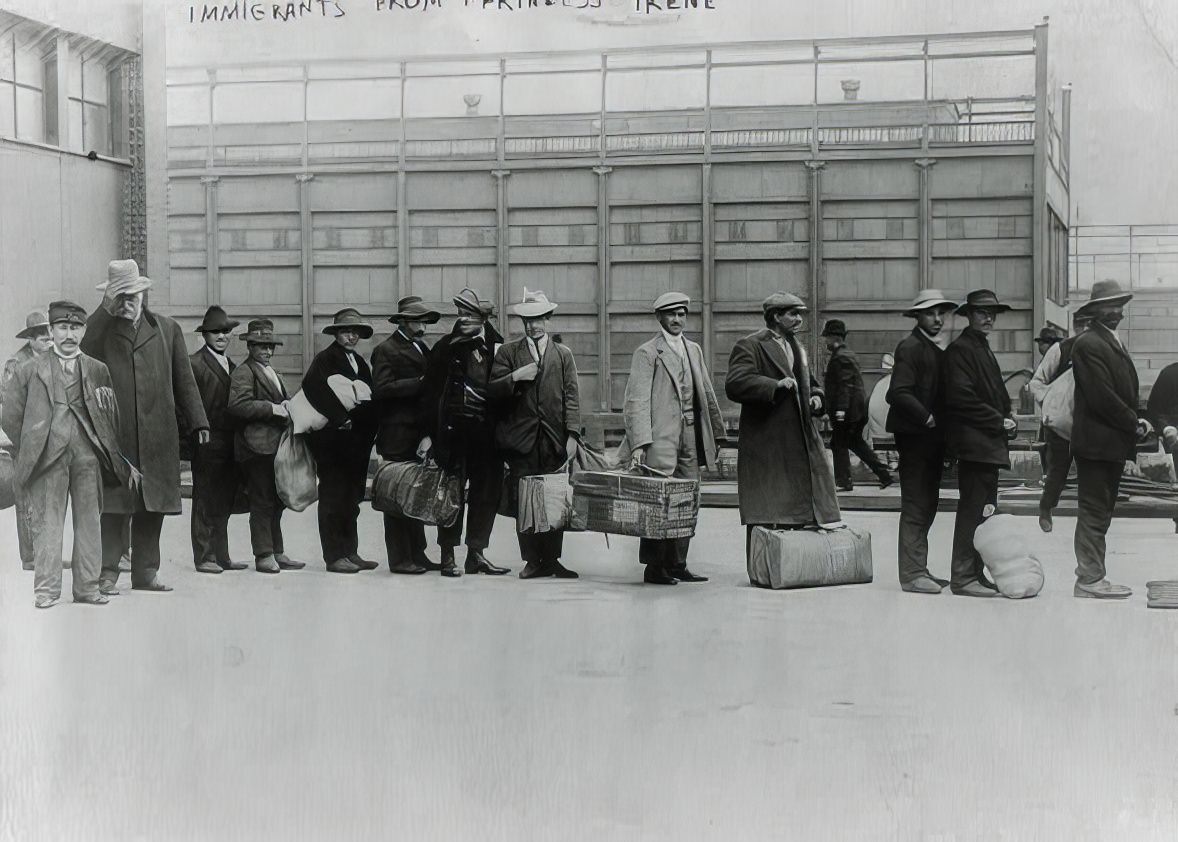
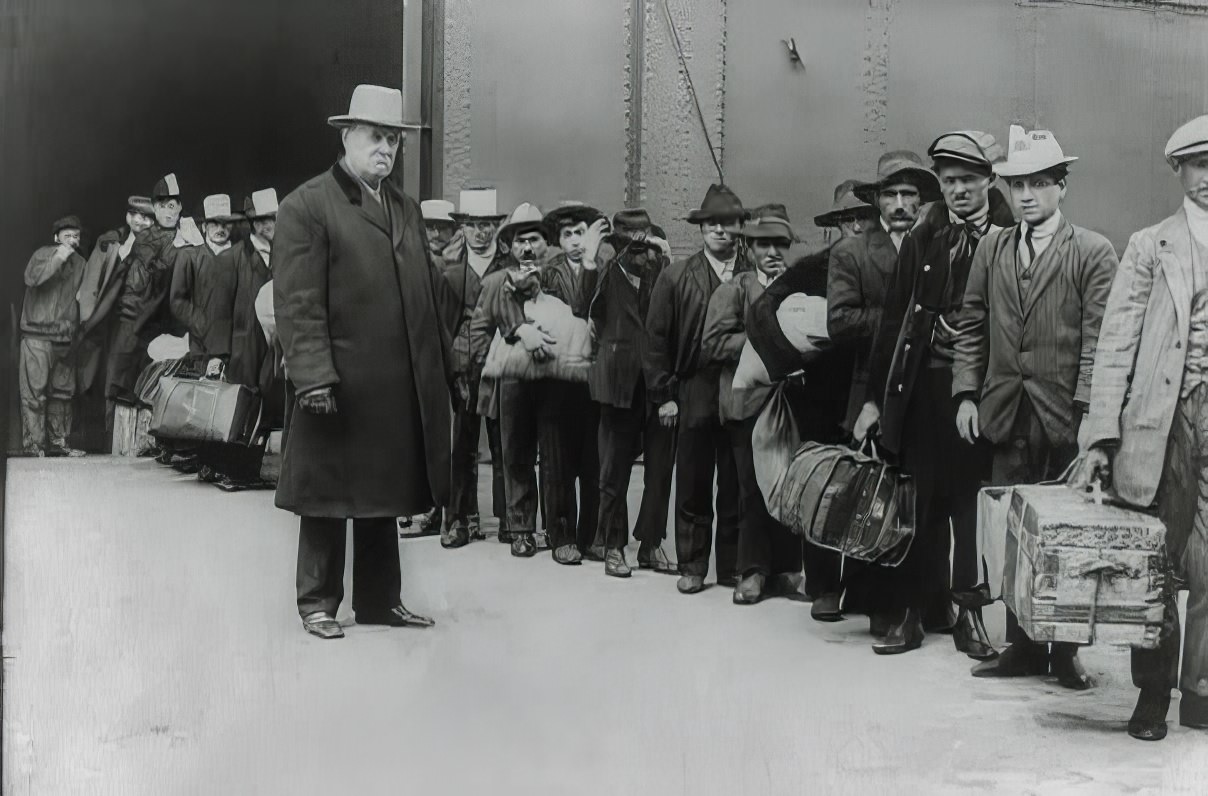
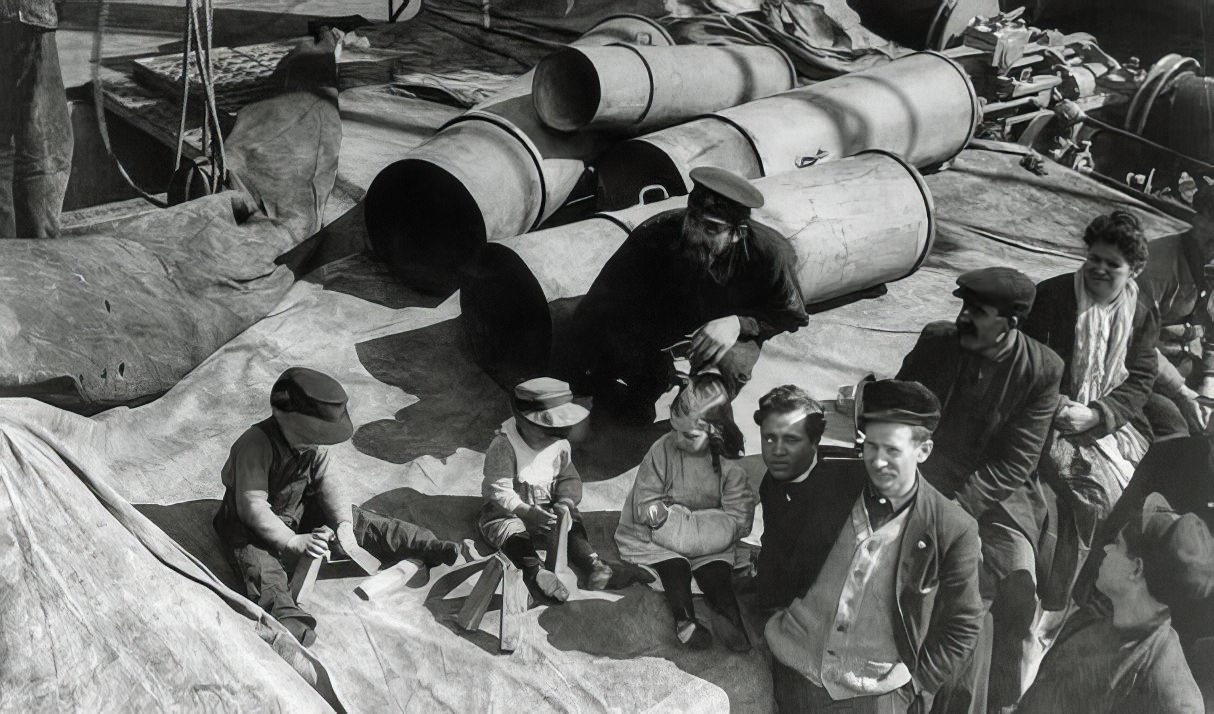
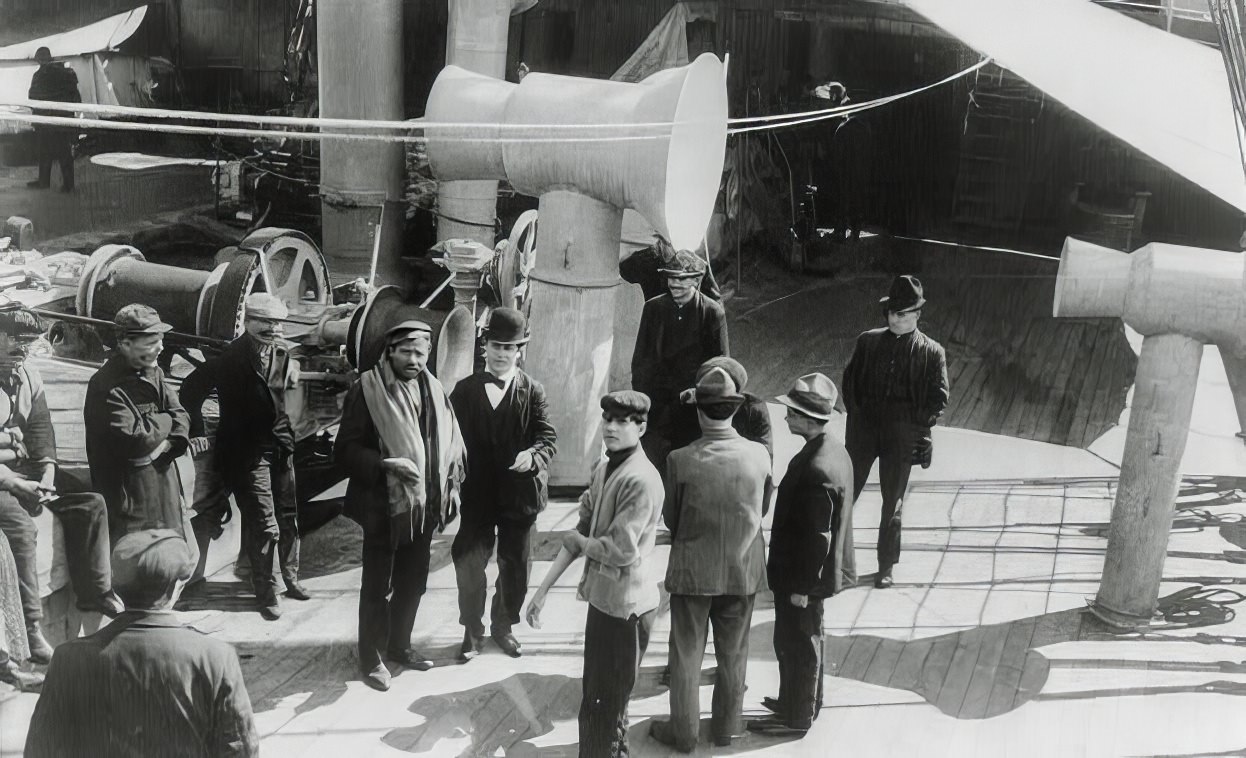
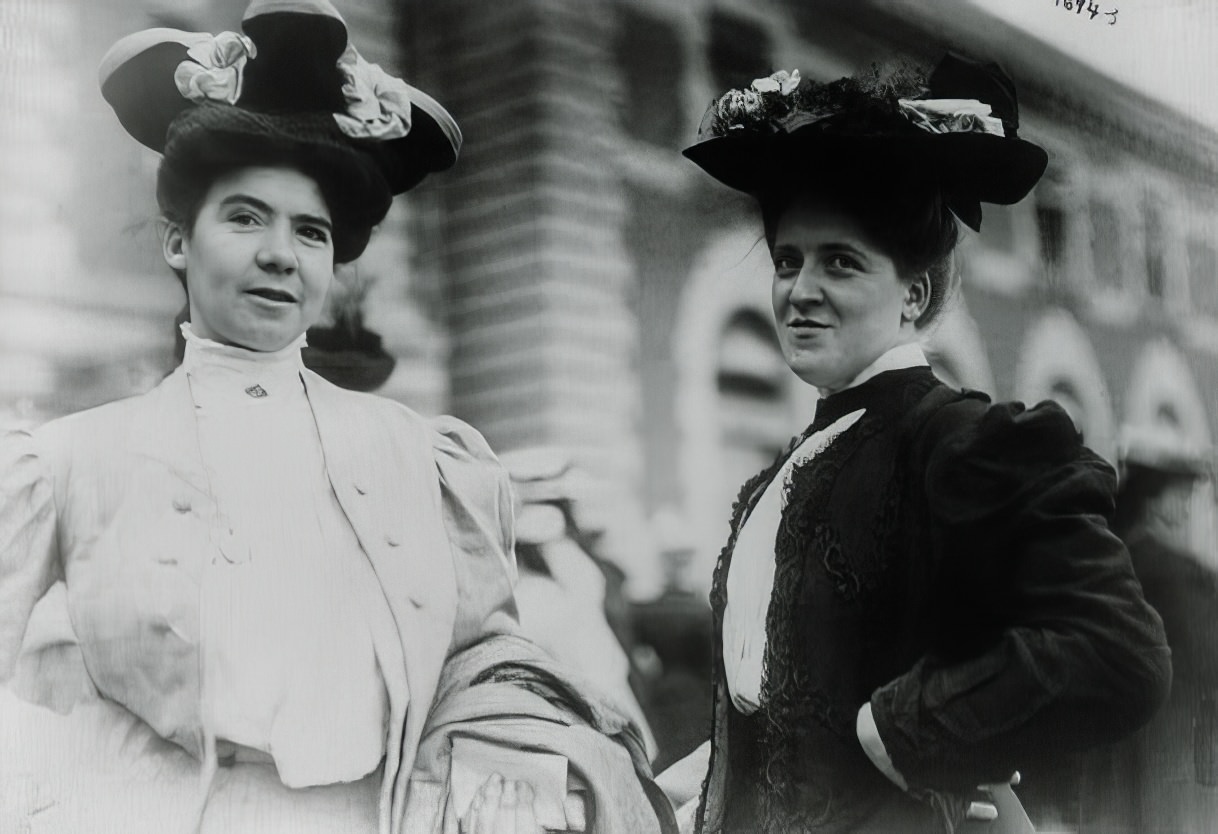
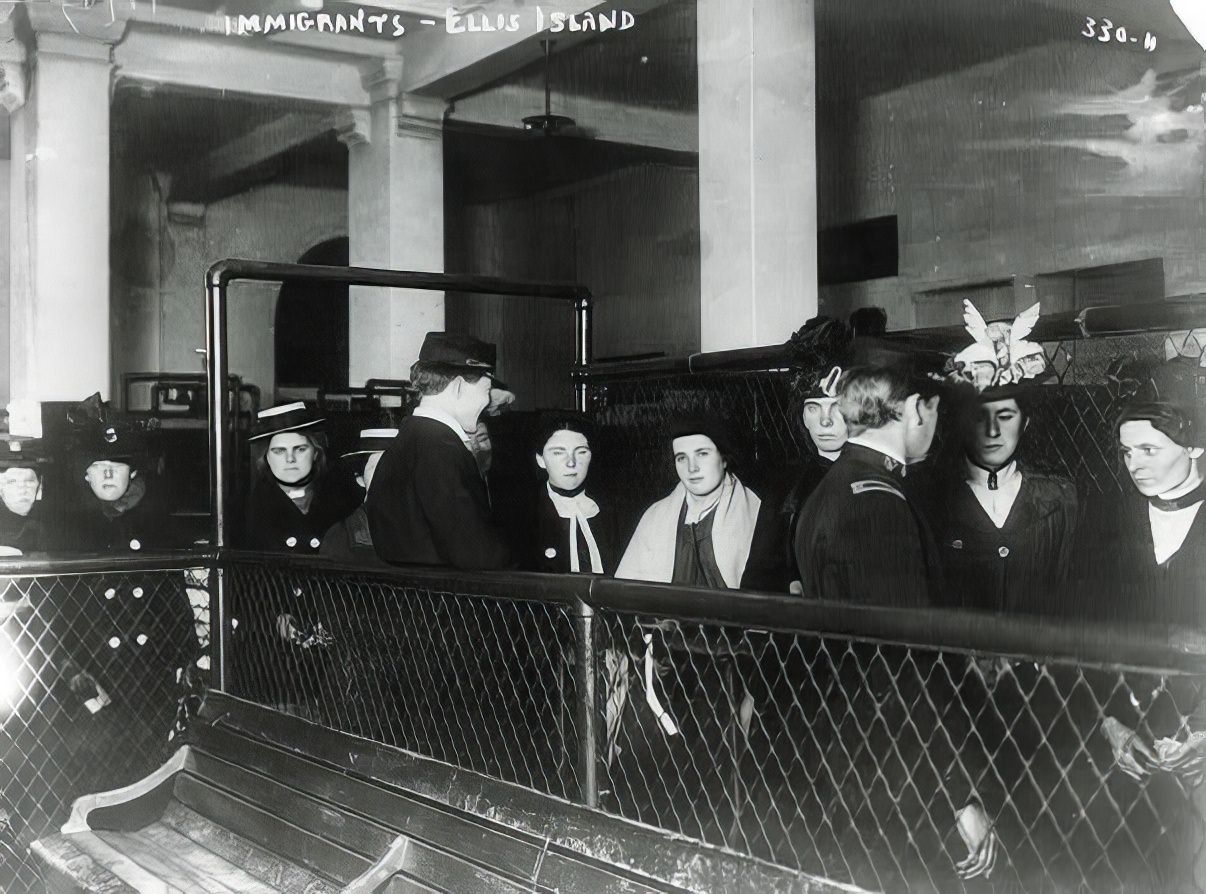
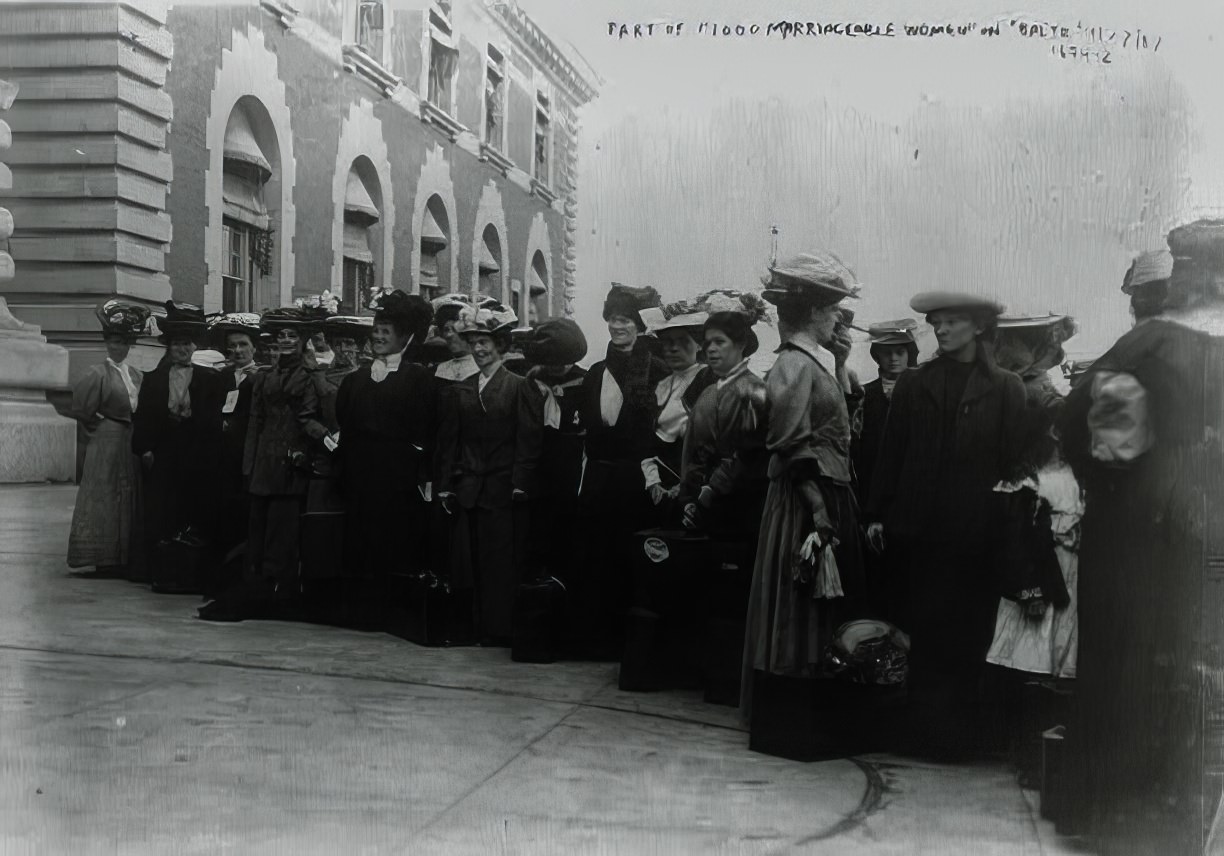
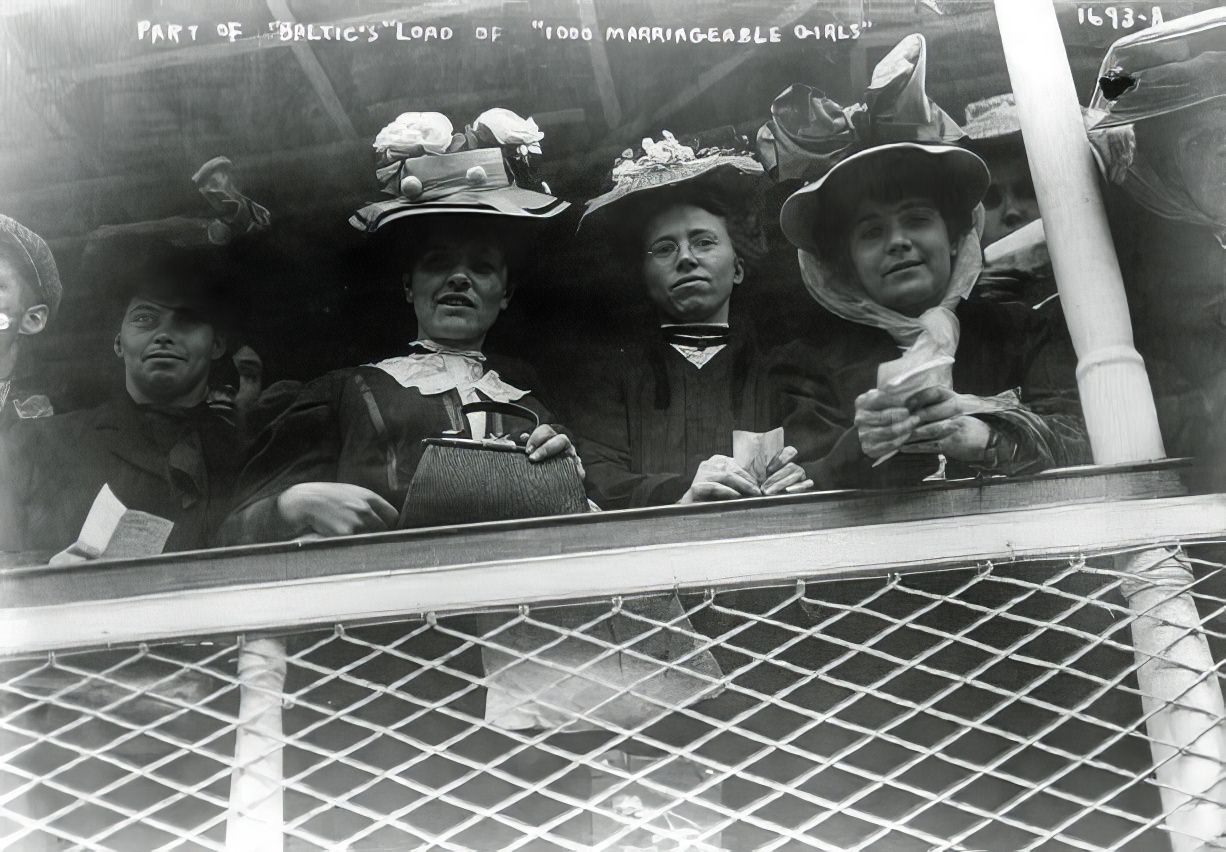
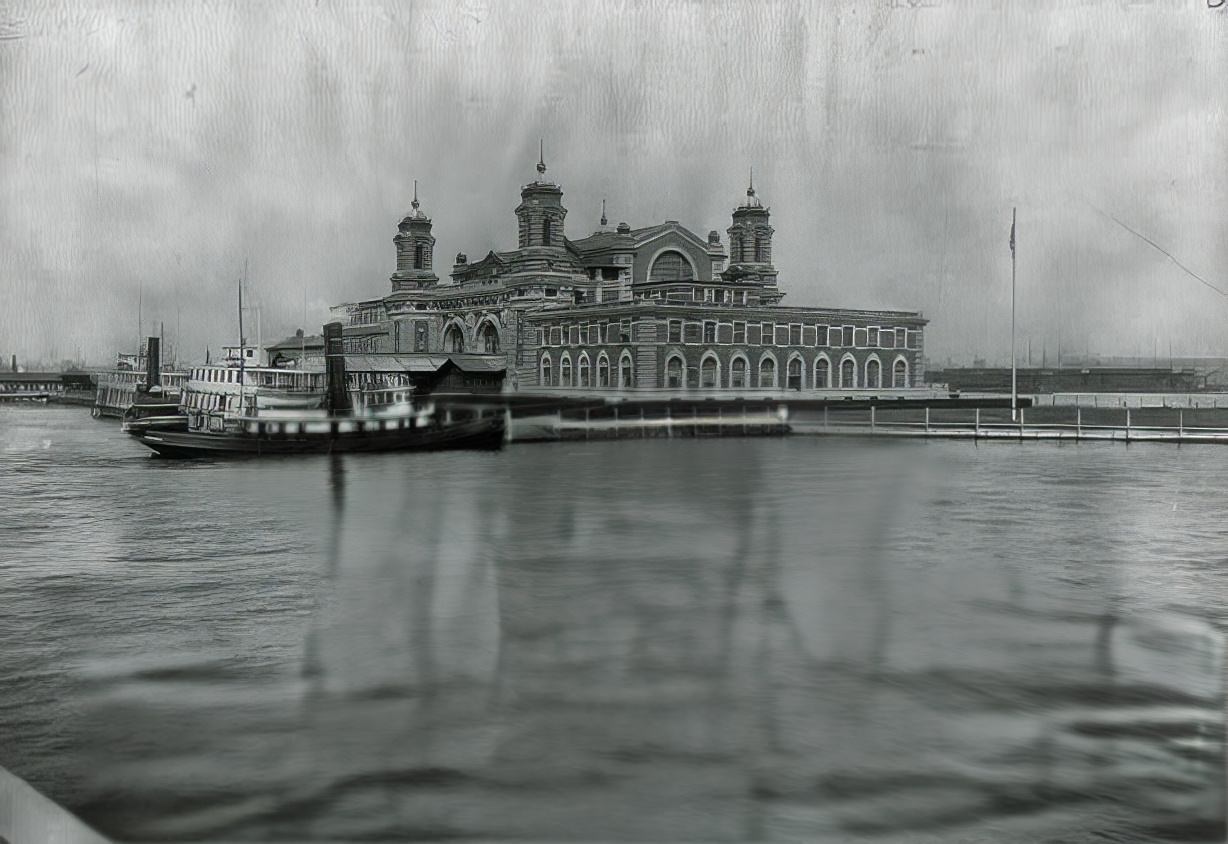
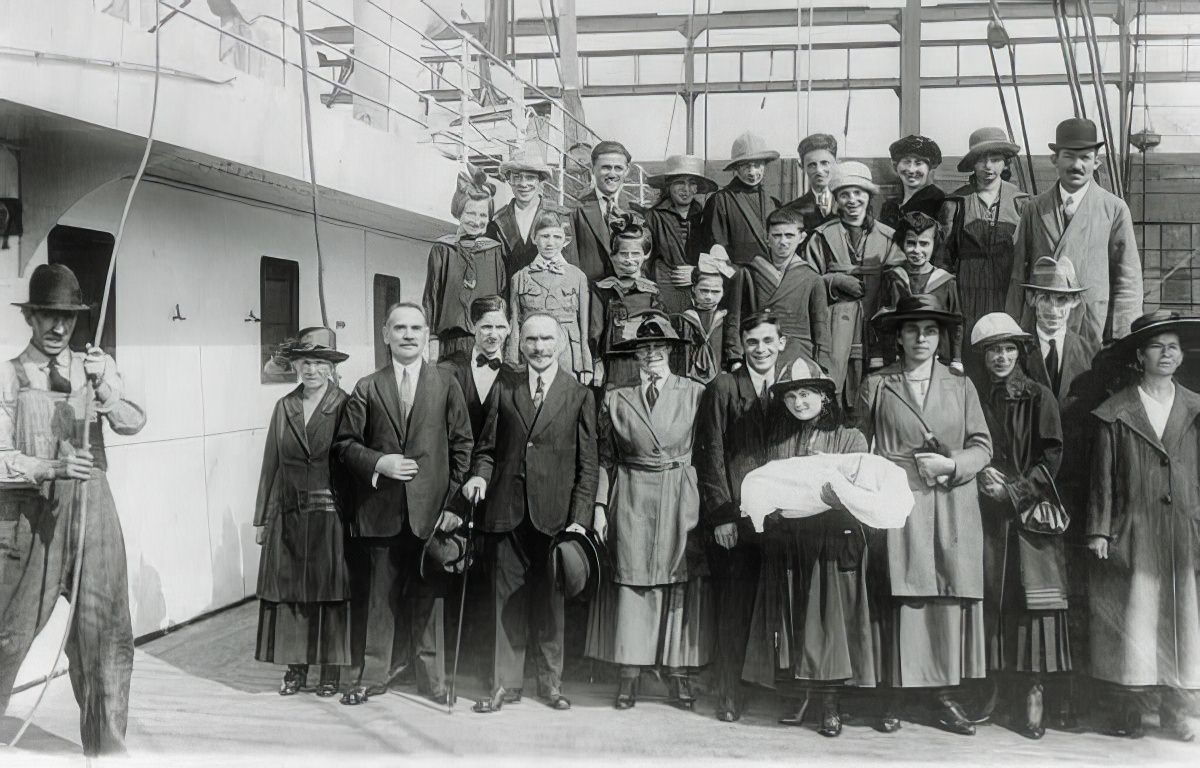
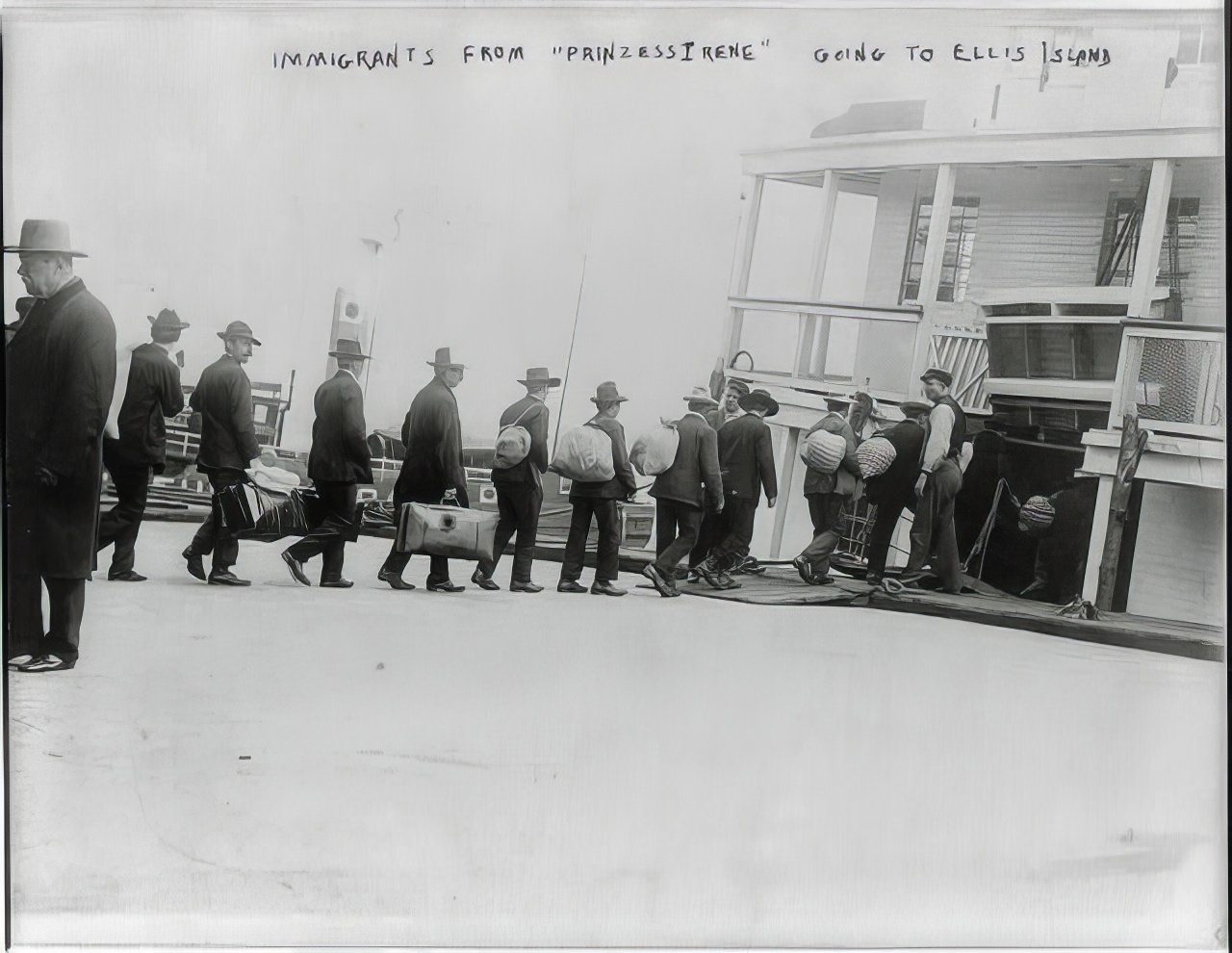
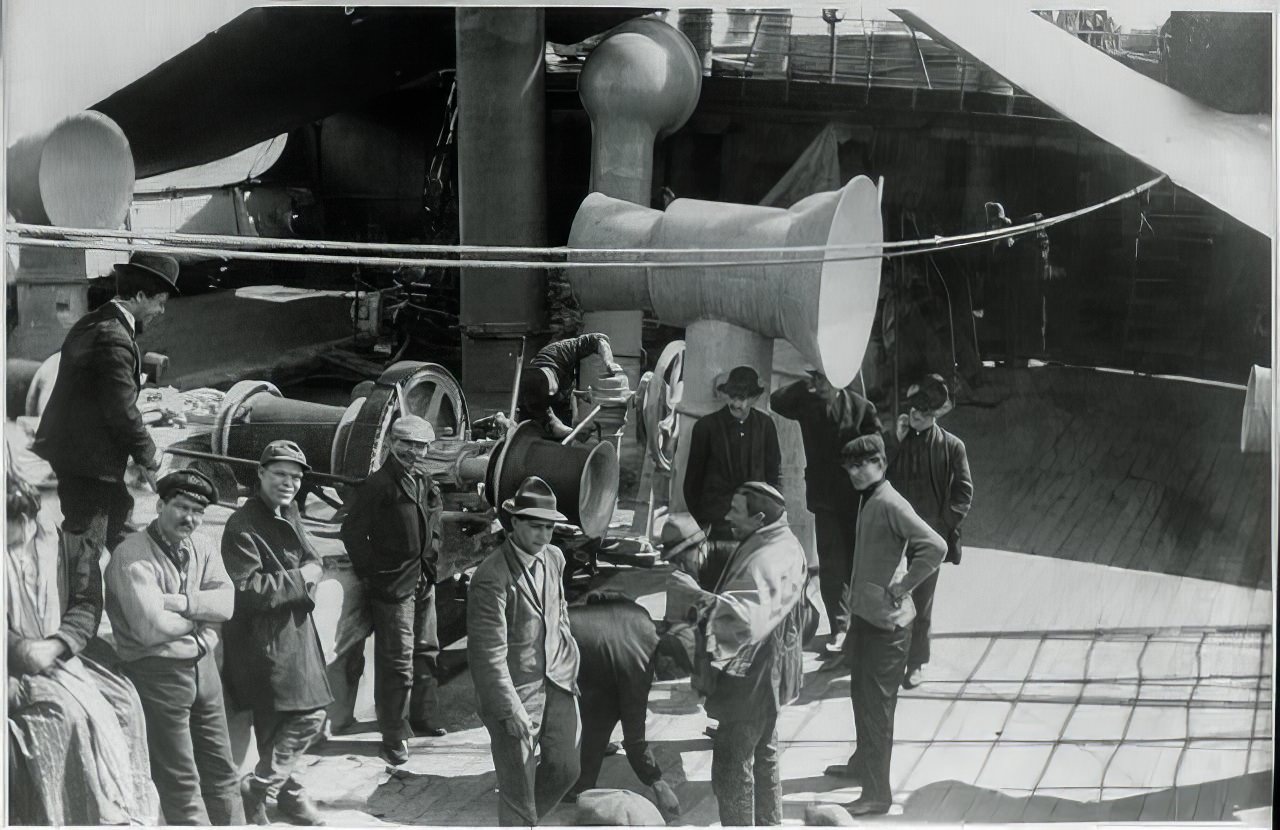
![Barges [I.e., Ferry Boats] At Ellis Island, 1920 June.](https://seeoldnyc.com/wp-content/uploads/2024/08/Ellis_Island_Immigration_1900s_15.jpeg)
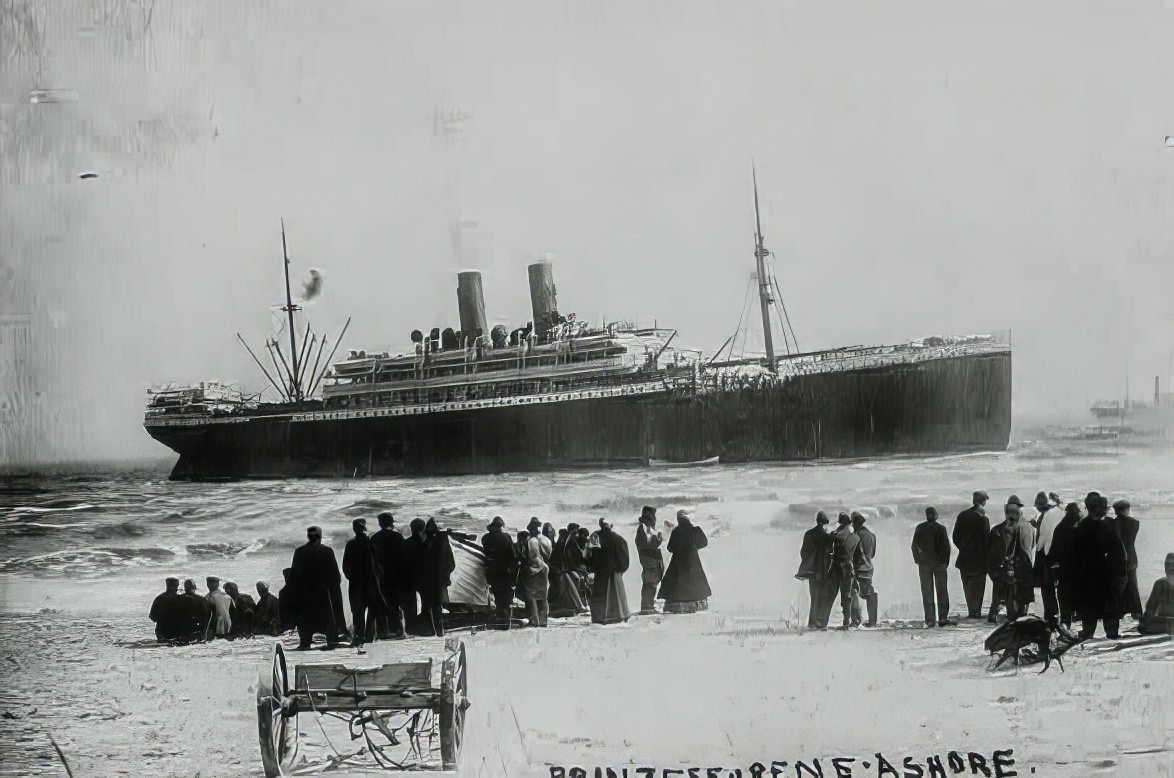
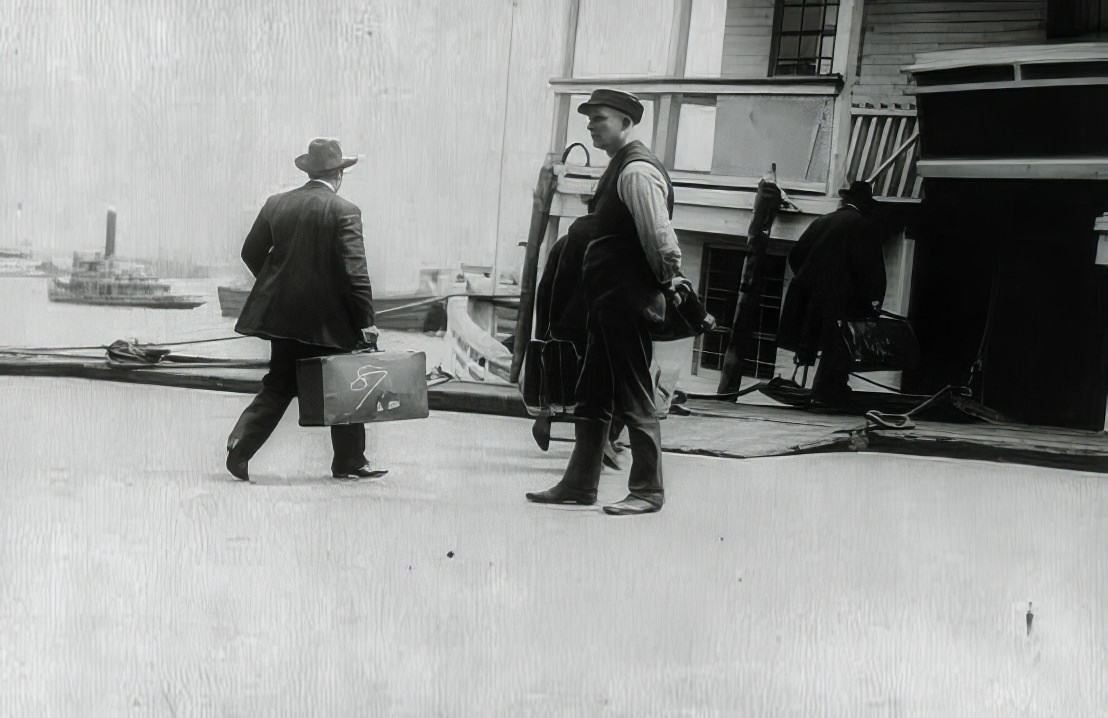
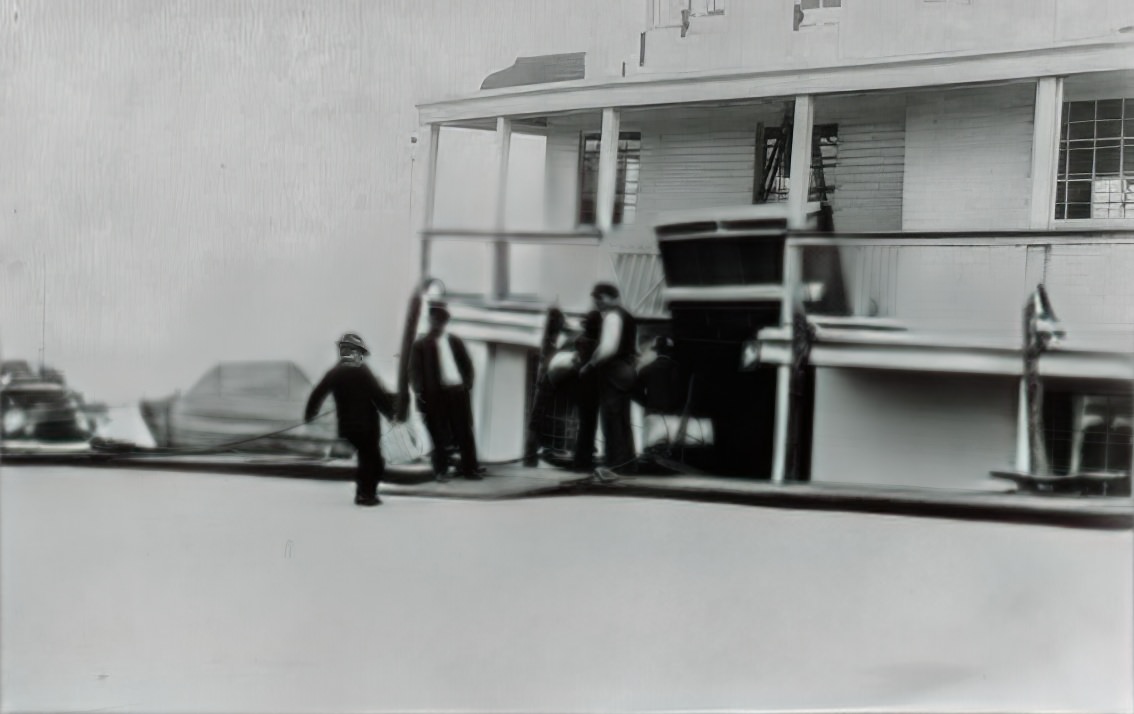
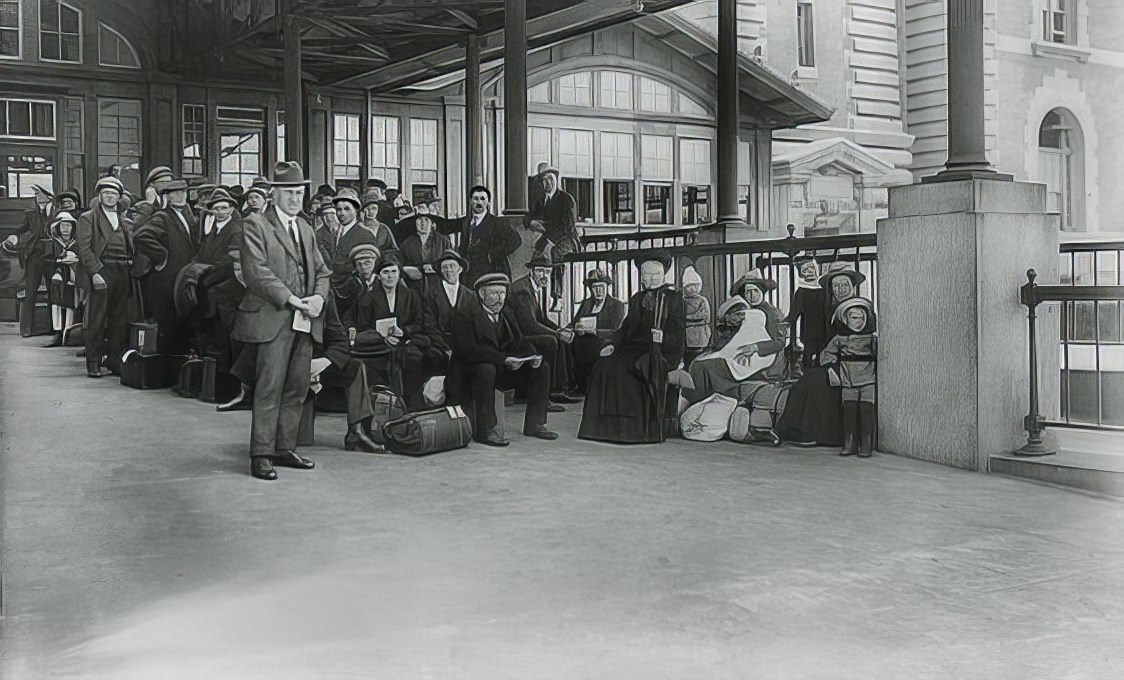
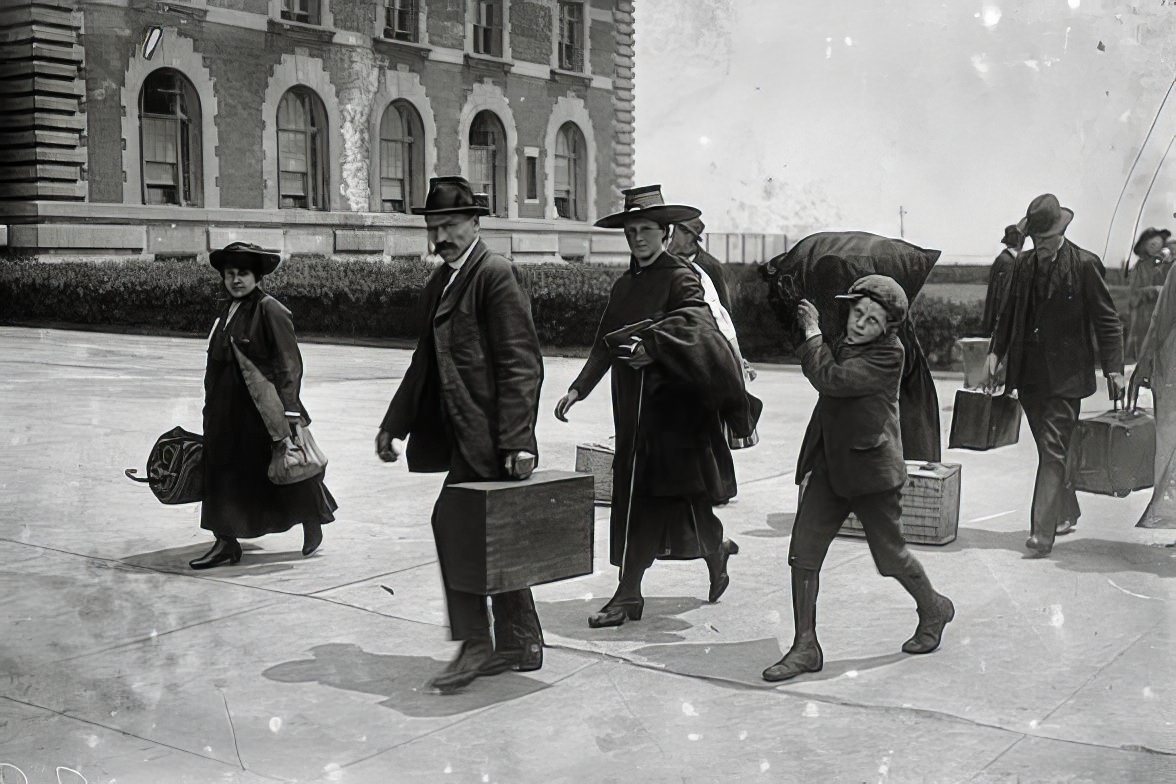
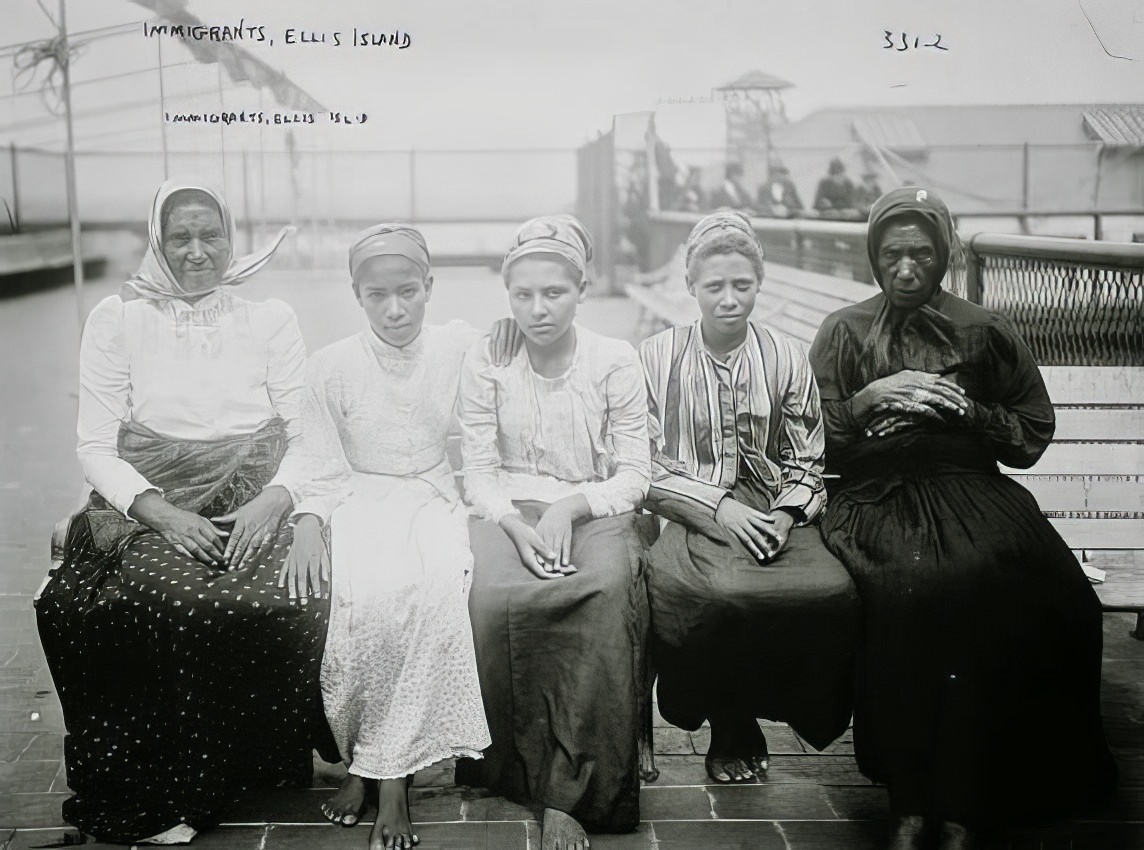
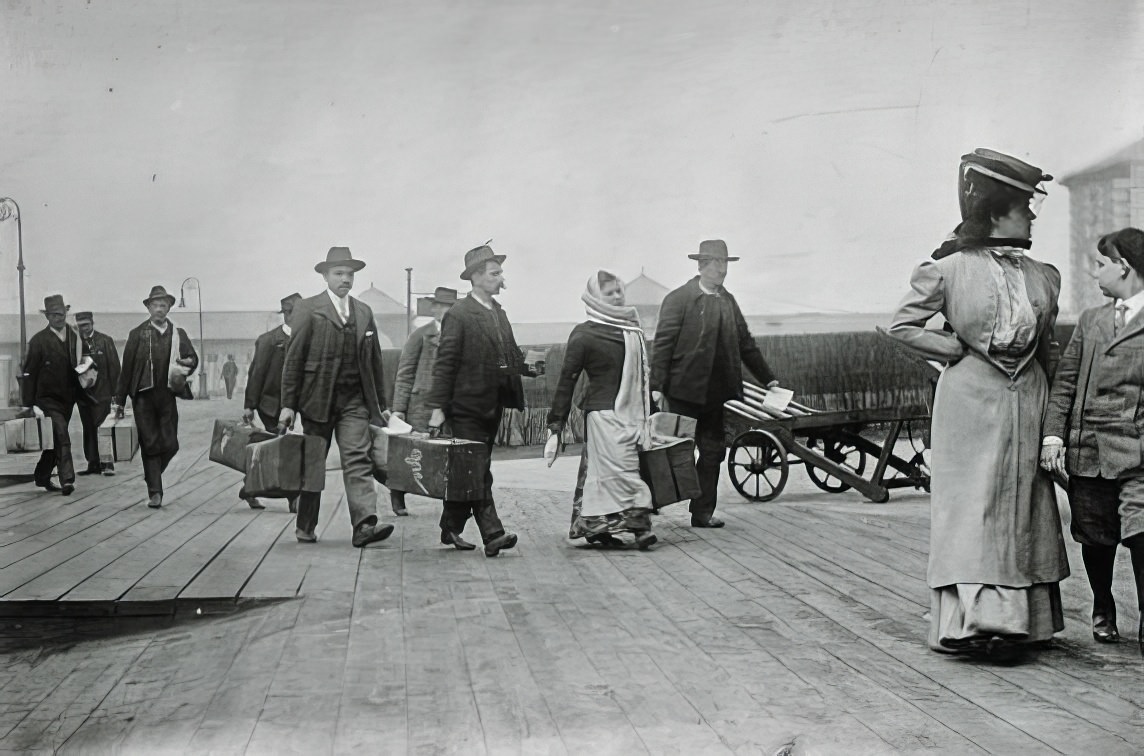
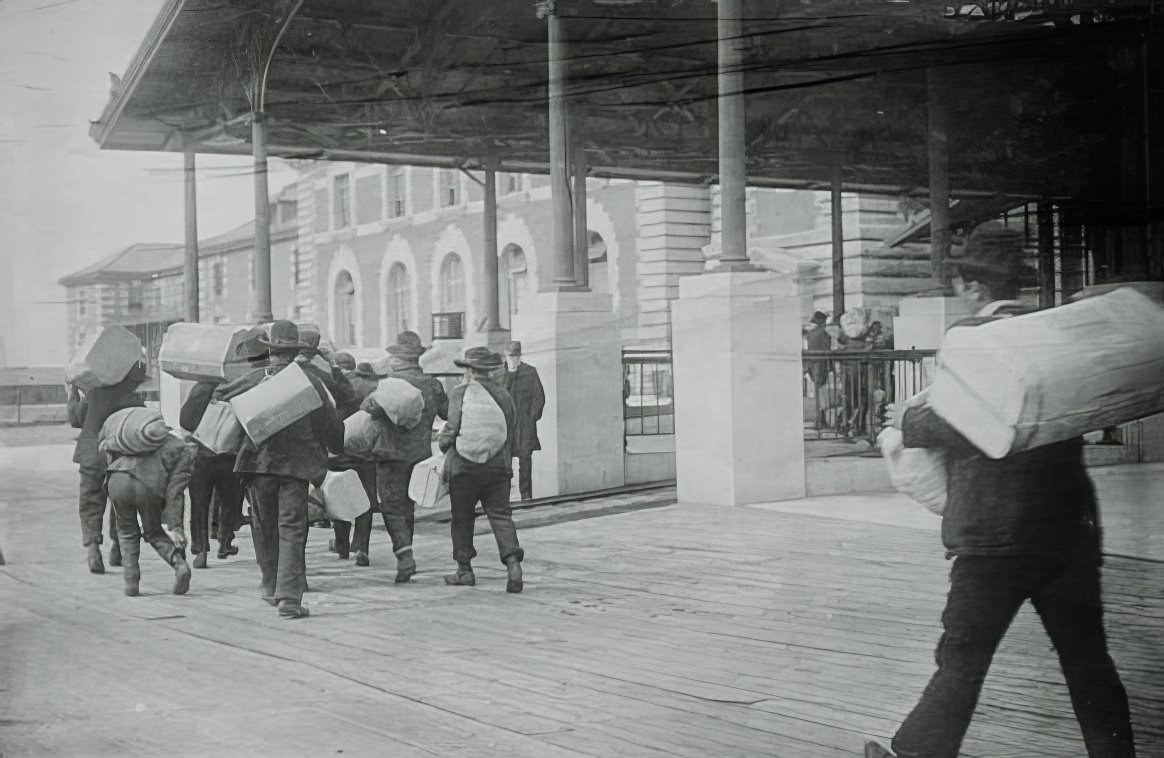
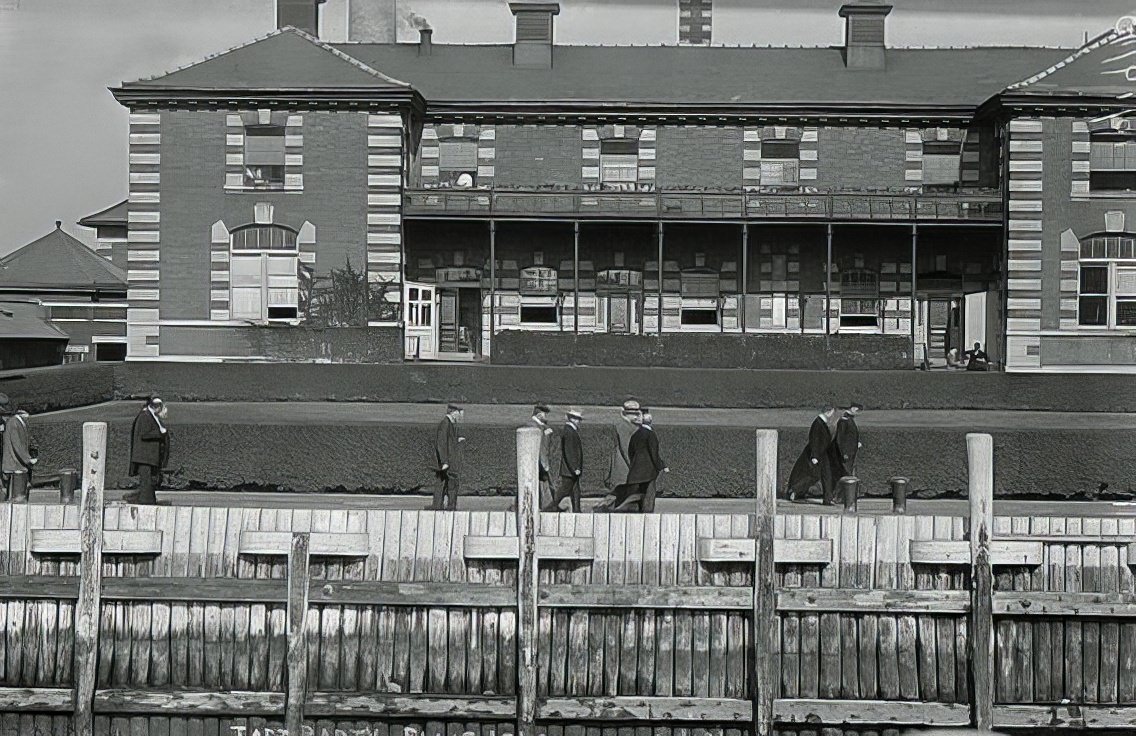
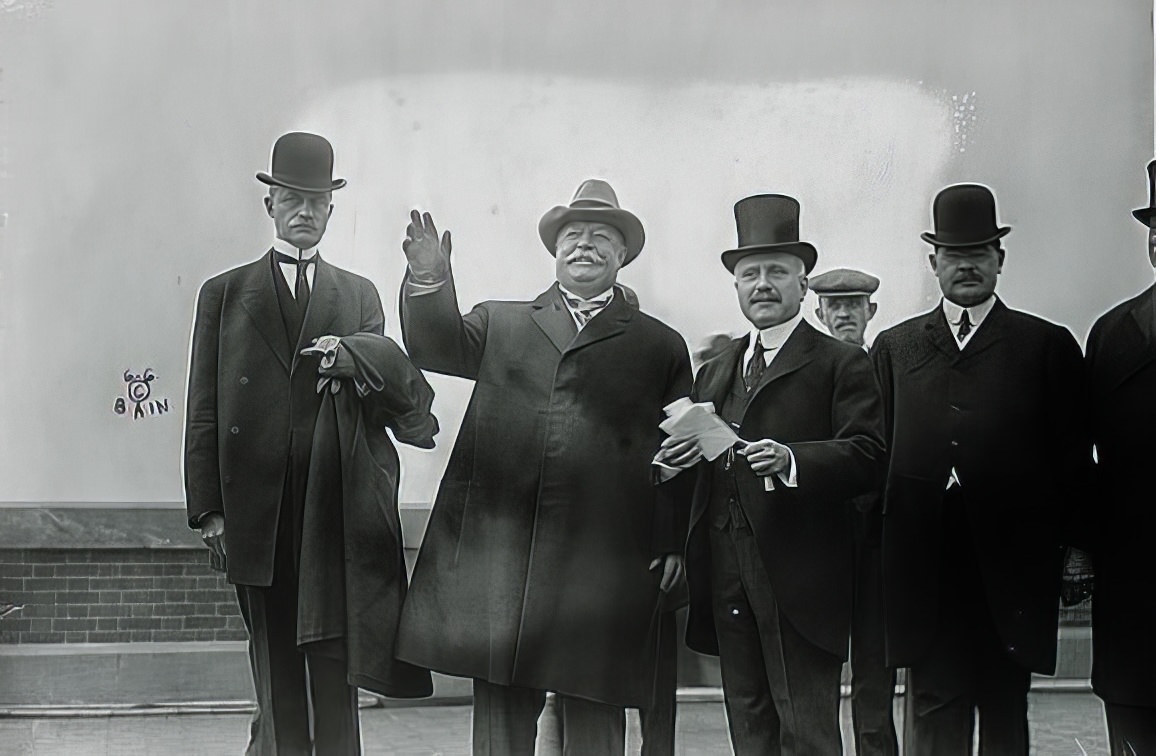
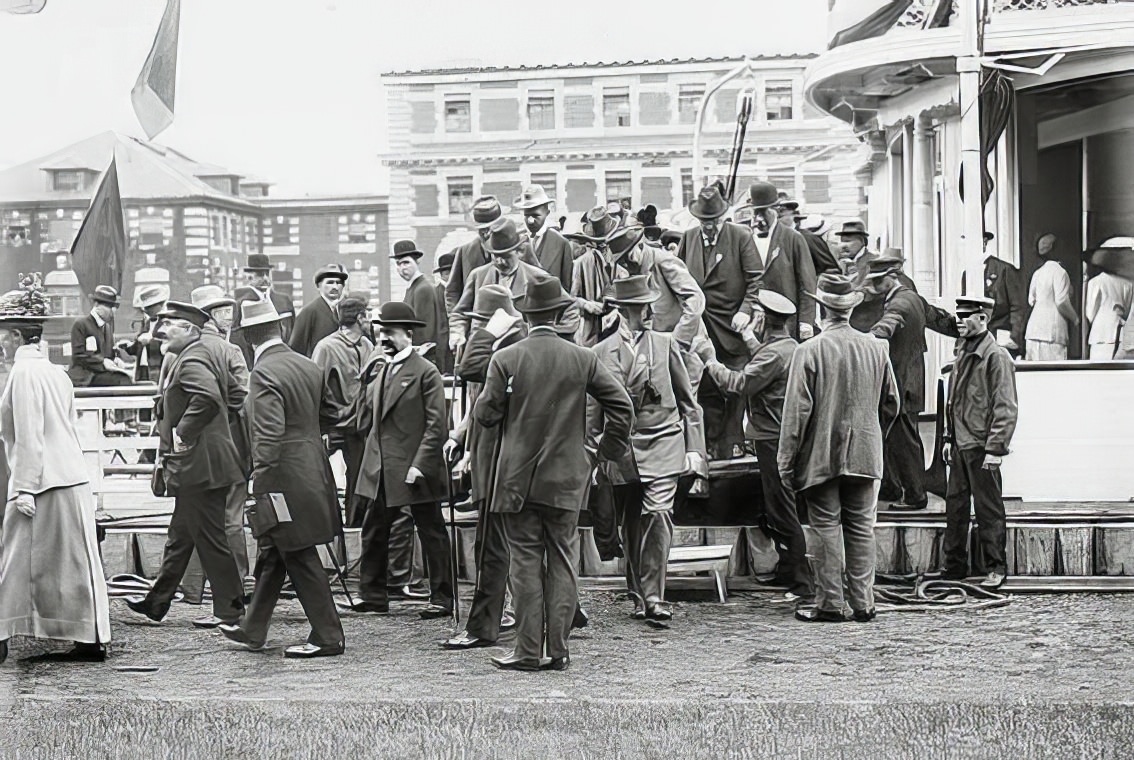
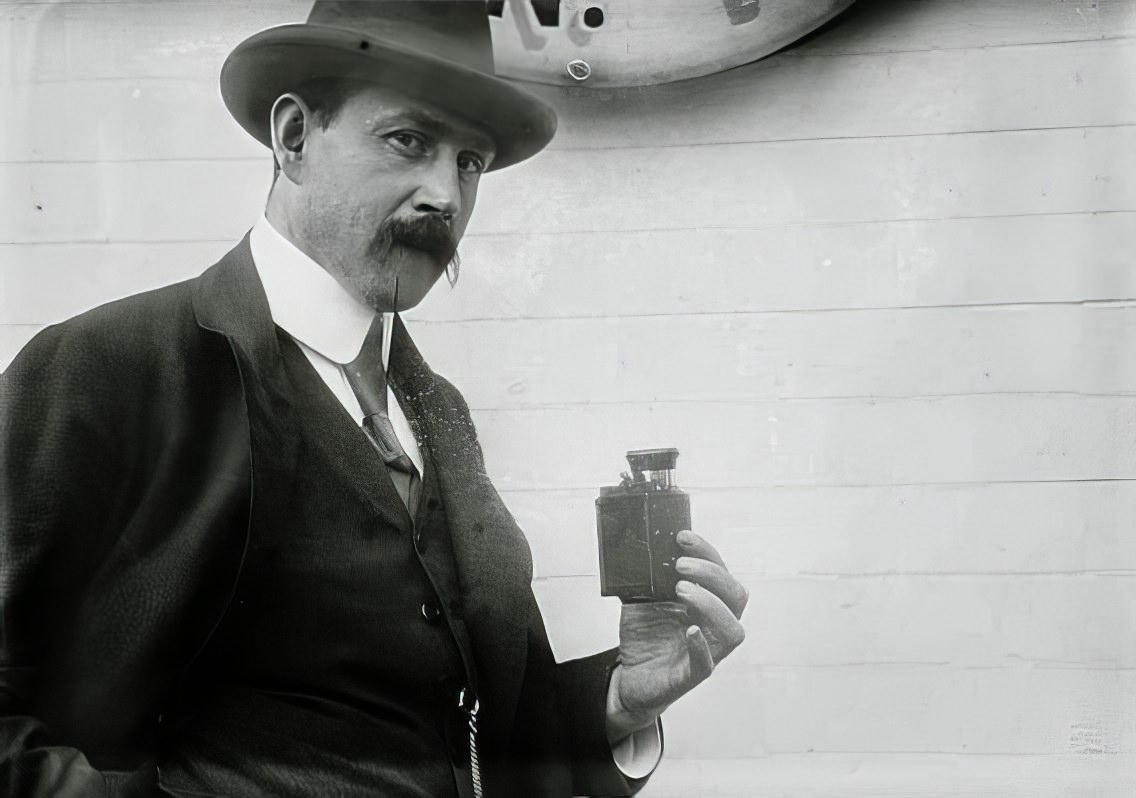
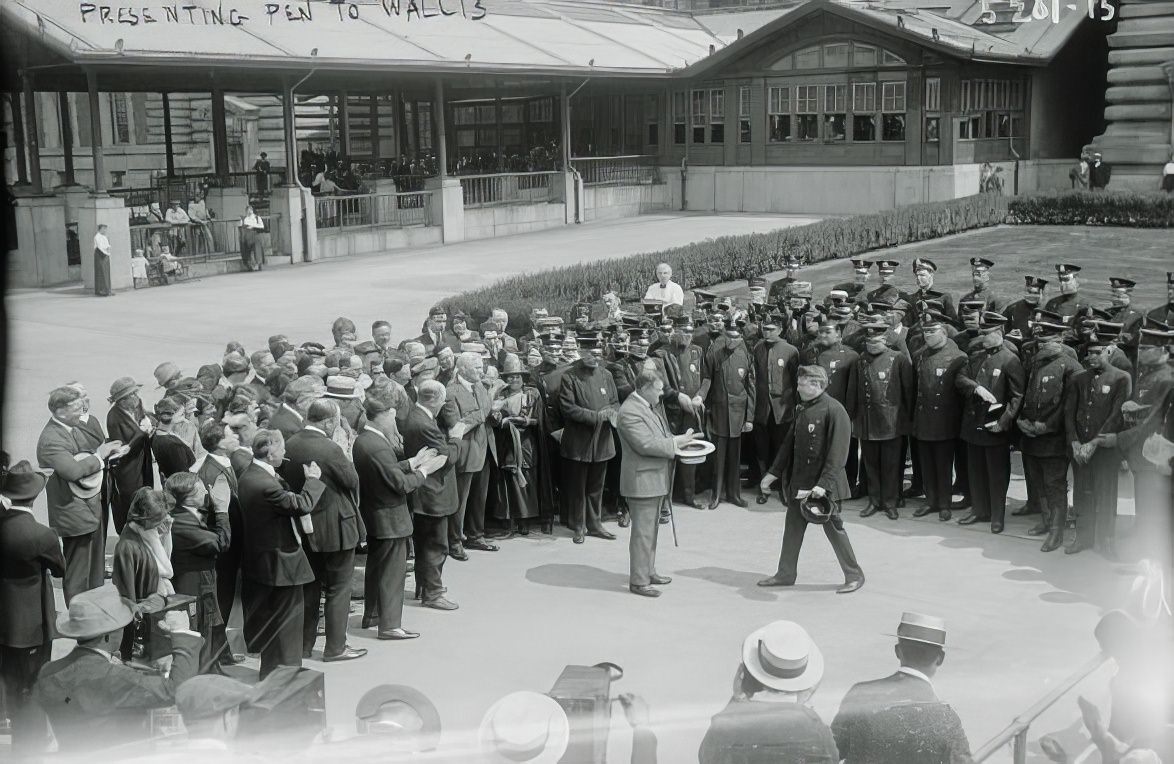
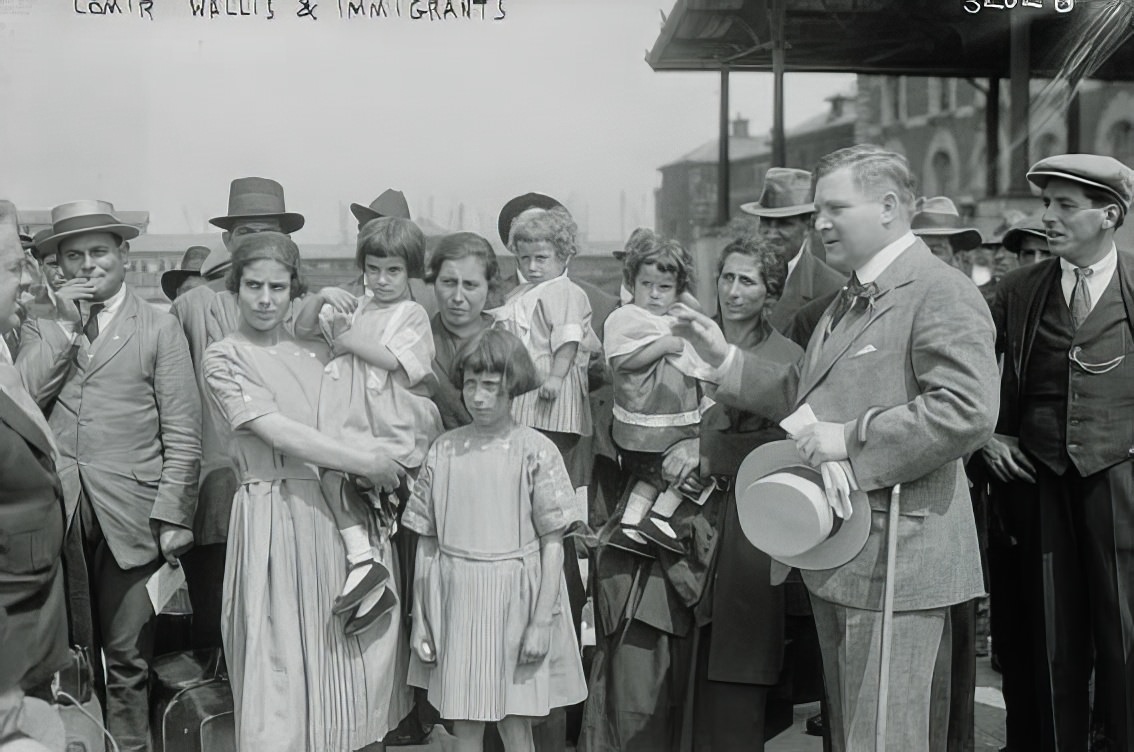

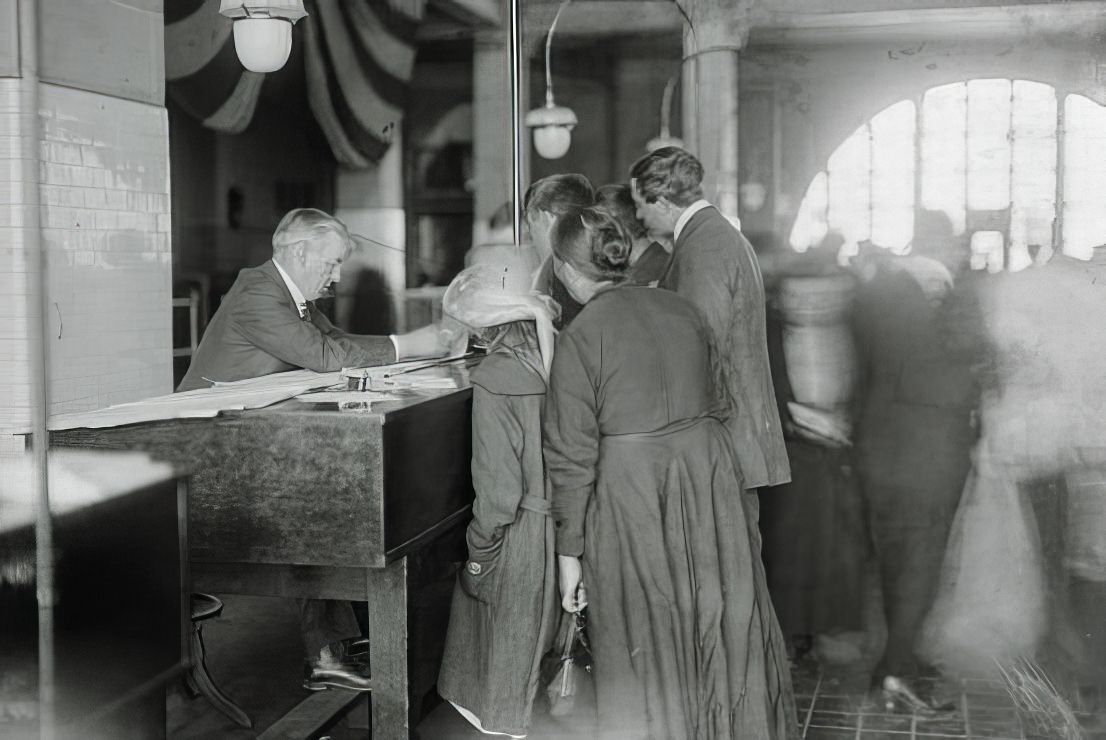
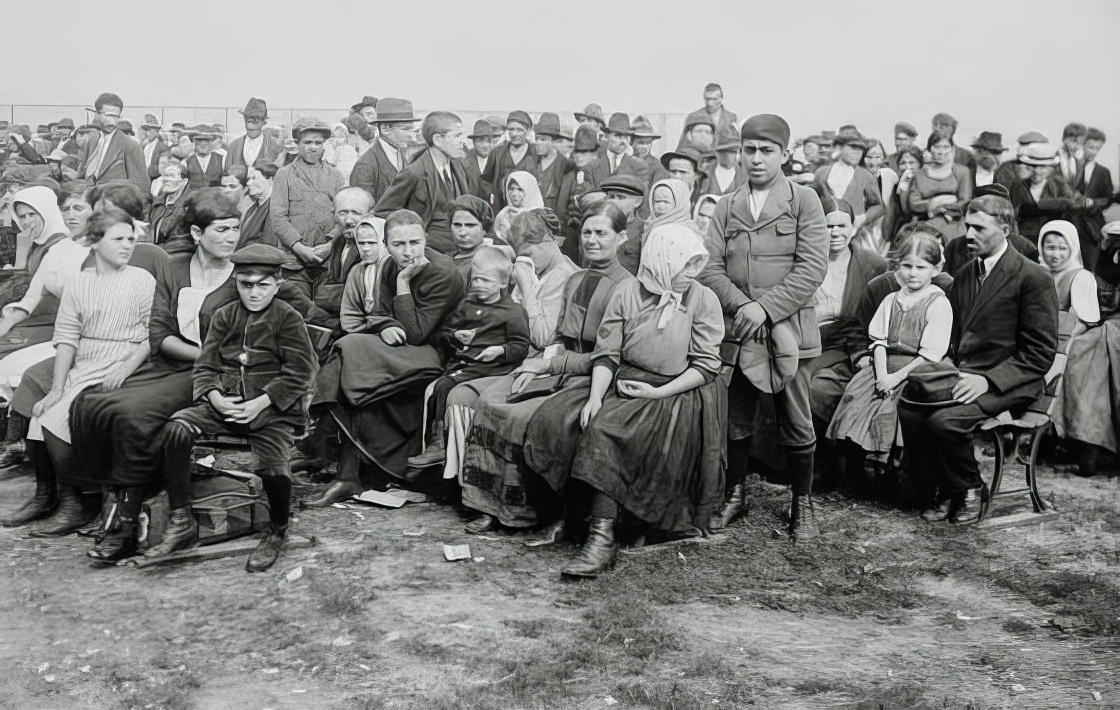
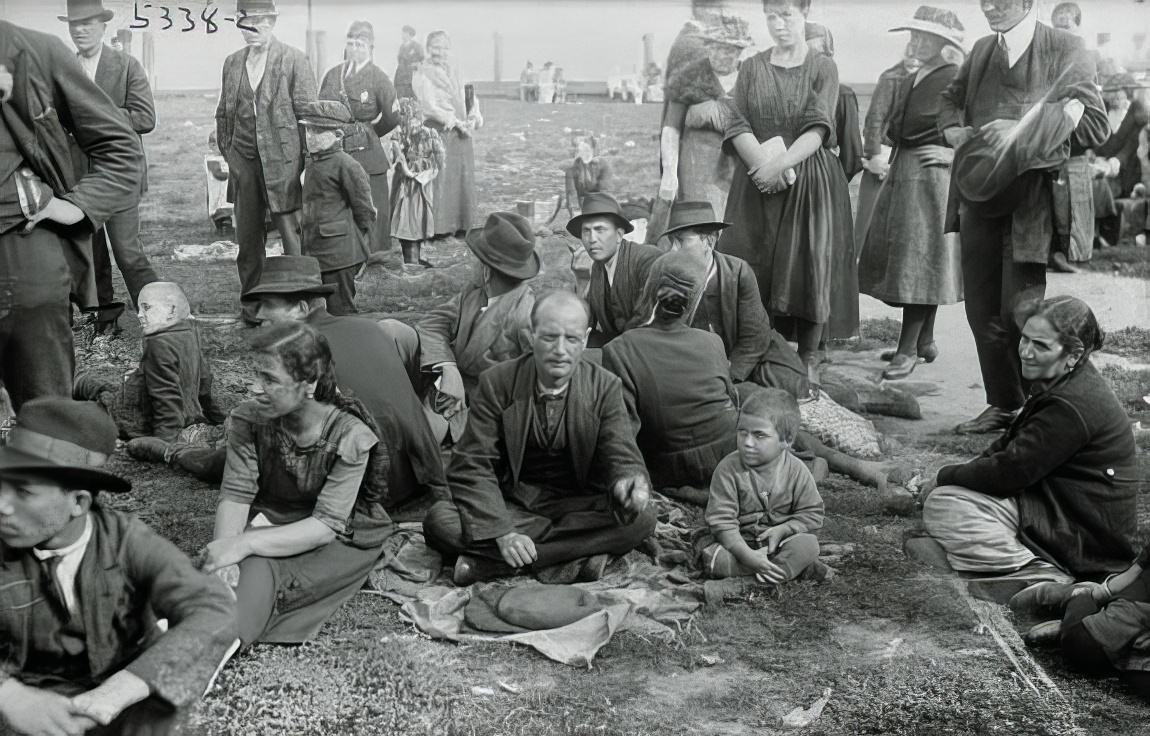
![[Ernestine] Schumann - Heink](https://seeoldnyc.com/wp-content/uploads/2024/08/Ellis_Island_Immigration_1900s_34.jpeg)
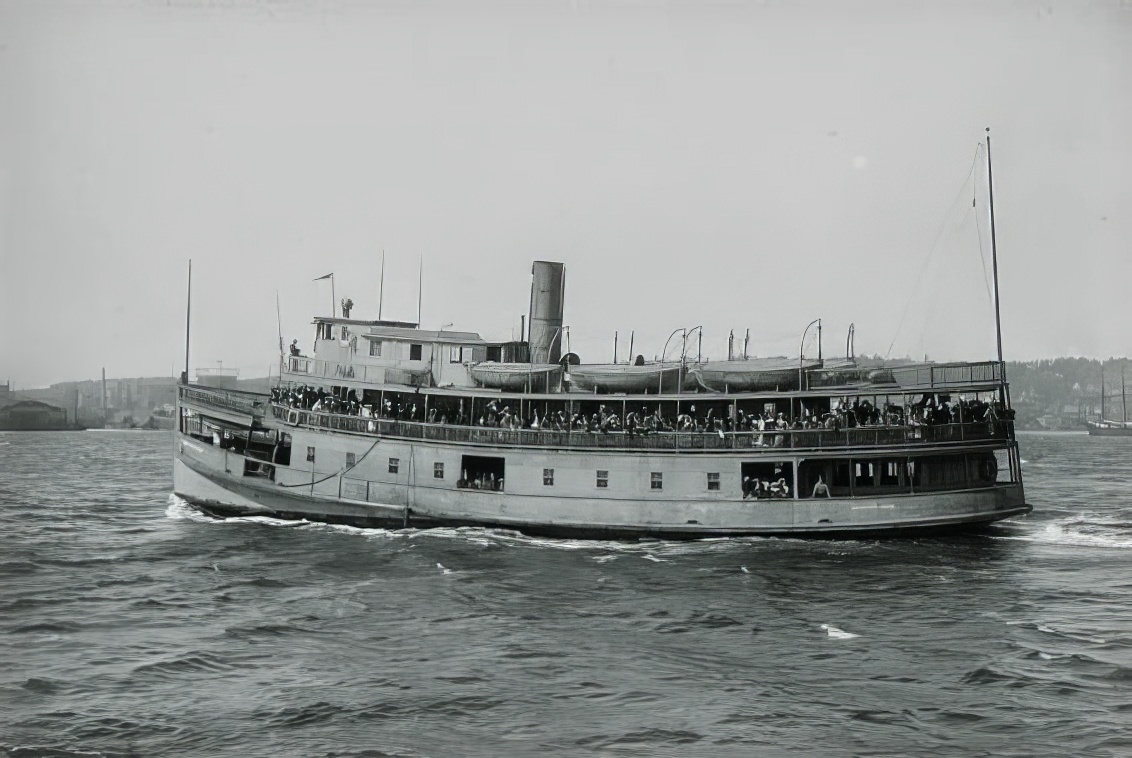
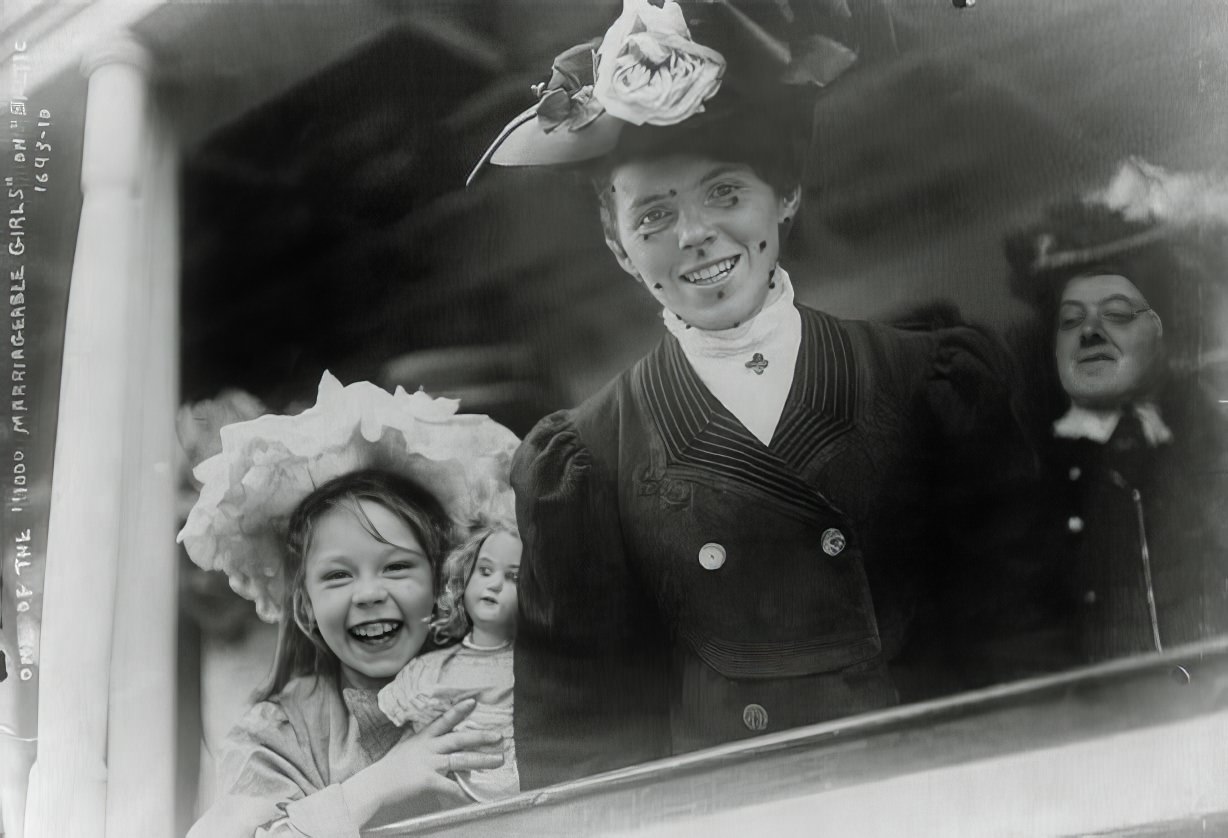
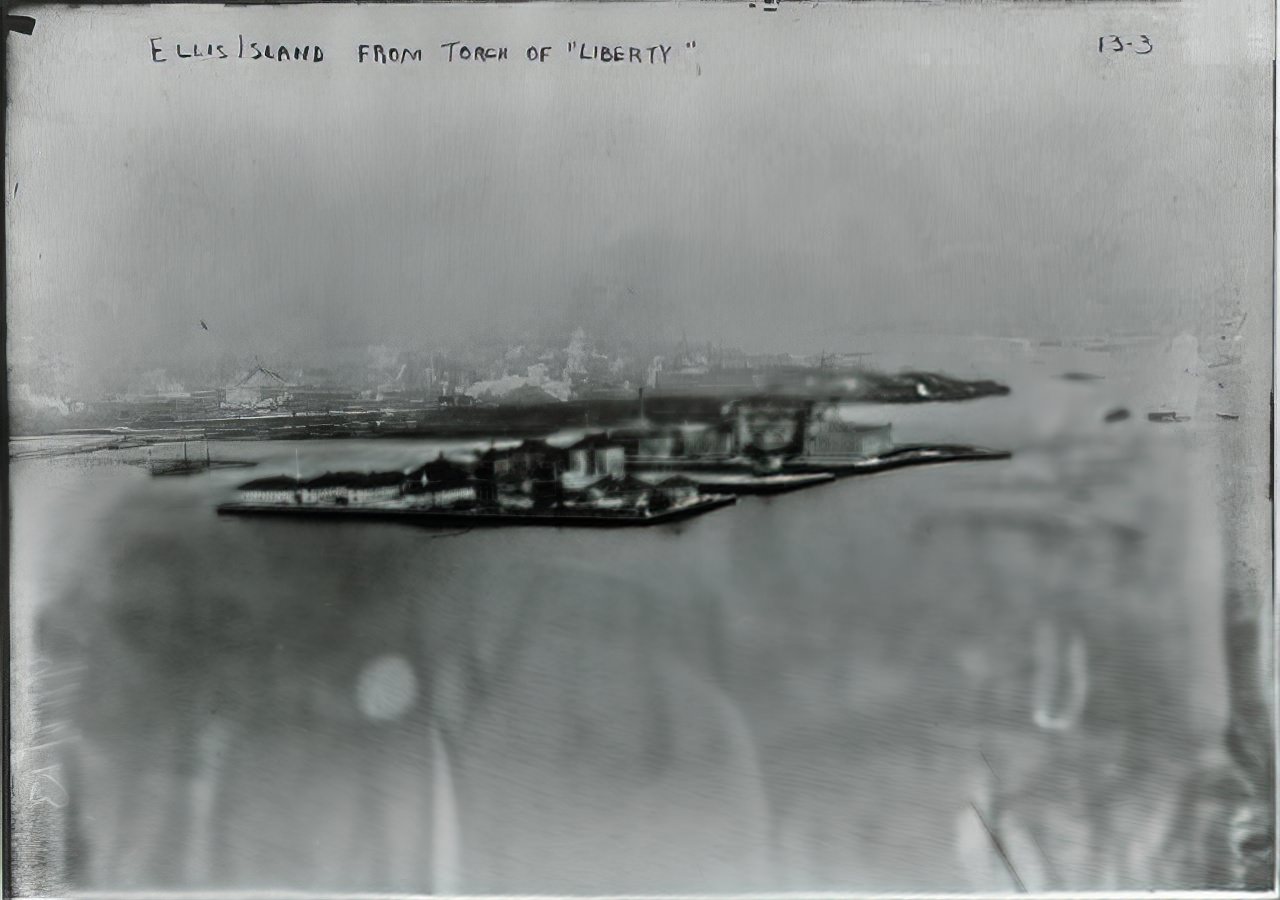

GIPHY App Key not set. Please check settings